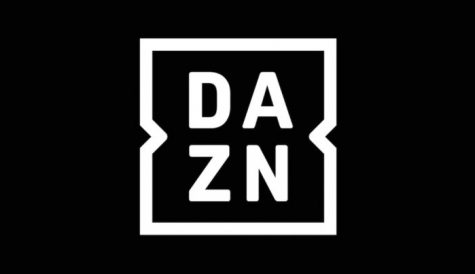Ofcom’s Communications Market Report: twilight of the broadcasters
 It is an observation so commonplace as to be barely worth reproducing: change happens more slowly than people think, before it happens more quickly. It is occasionally accompanied by a reference to the scene in Ernest Hemingway’s The Sun Also Rises in which one character asks another “How did you go bankrupt?” which elicits the reply: “Two ways. Gradually and then suddenly.”
It is an observation so commonplace as to be barely worth reproducing: change happens more slowly than people think, before it happens more quickly. It is occasionally accompanied by a reference to the scene in Ernest Hemingway’s The Sun Also Rises in which one character asks another “How did you go bankrupt?” which elicits the reply: “Two ways. Gradually and then suddenly.”
In the world of video, one of the changes that have happened more slowly than some people expected is the shift from linear to non-linear viewing, and from the TV screen to other devices. Surveys have shown broadcast viewing to be holding the fort as the dominant mode of video consumption remarkably well. But for how much longer?
Netflix CEO Reed Hastings’ line from 2014 about broadcast TV being dead by 2030 was intended as a provocation – he compared broadcast to a horse and on-demand viewing to the car that would inevitably replace it. But more measured observers have pointed to the more rapid pace of change among younger consumers who have grown up with digital platforms. While linear viewing remains the dominant mode thanks to the sheer weight of numbers of older, more traditional TV viewers, the tipping point will arrive as a result of demographic change.
This week, Ofcom’s Communication Market Report suggested the tipping point is getting closer. The UK regulator found that while traditional TV viewing in the UK has been falling since 2010, it saw a steeper decline last year, with the risks of structural decline in the industry appearing to be growing.
The report said that nine in 10 people still watched broadcast TV every week, but the average viewing time was down nine minutes a day compared to the previous year, with the steepest fall to be found among children and young adults.
Children’s viewing fell by 15% to an average of one hour 24 minutes, while 16-24s’ viewing fell by 12% to one hour 40 minutes, according to Ofcom. This meant that over 54s, who make up just 28% of the UK population, accounted for 51% of broadcast TV viewing.
The immediate threat is to commercial broadcasters’ advertising revenues, but pay TV is under threat too. Ofcom’s report found that both TV ad revenues and pay TV revenues declined last year, with pay TV operators facing competition from subscription video-on-demand, a point also made in the UK regulator’s recent Media Nations report, which found that subscriptions to OTT TV services Netflix, Amazon Prime Video and Now TV have overtaken traditional pay TV services in the UK.
Changes in viewing habits are taking place at an even faster pace in the US, where research outfit NPD this week reported that 17% of viewers are now using only SVOD services to view video.
There are also plenty of supply-side signs that the pace of change is now beginning to accelerate, in the form of the plethora of direct-to-consumer projects, from those of media giants such as Discovery and Disney all the way down to small niche content players that can no longer make the traditional linear carriage fee or advertising model work for them.
With advertising revenues under pressure both from macroeconomic factors in the case of the UK and certain other markets, and pay TV growth flattening or even going into reverse, Ofcom warned of a wider threat to programme-making, with a vicious circle kicking in: fewer shows reaching an advertiser-friendly mass audience resulting in lower revenues resulting in less funding for programme making resulting in lower viewer numbers and so on.
Linear viewing is not going to die out – even if audiences are fragmenting, there is still a market for live event TV, including not only sports and concerts but the kind of reality and talent shows that bring audiences together. However, even in the case of linear, there are factors at work that are pushing audiences away from broadcast towards OTT TV. Technology company Arris recently commissioned research that showed younger viewers like to watch live TV, and like to watch it on the biggest screen available, but are increasingly pushed to OTT options and because they want to watch shows in private, away from their parents, and engage with peers on social media at the same time.
National regulators now seem to be looking more kindly than they once did on plans by the broadcasters they regulate to band together to create common platforms that can take on the likes of Netflix – leading in the UK to discussions about the prospects for a revival of Project Kangaroo – and broadcasters from the UK’s ITV to Germany’s ProSiebenSat.1 are indicating that SVOD will be a key part of their future.
Whether any of these plans will succeed is yet to be seen. The warning signs that the tipping point away from broadcast is closing in on them are beginning to multiply. The question for broadcasters is whether there is still time to fully adjust to the new reality. Bankruptcy too, as Hemingway’s Mike Campbell reminds us, can happen gradually and then suddenly.



